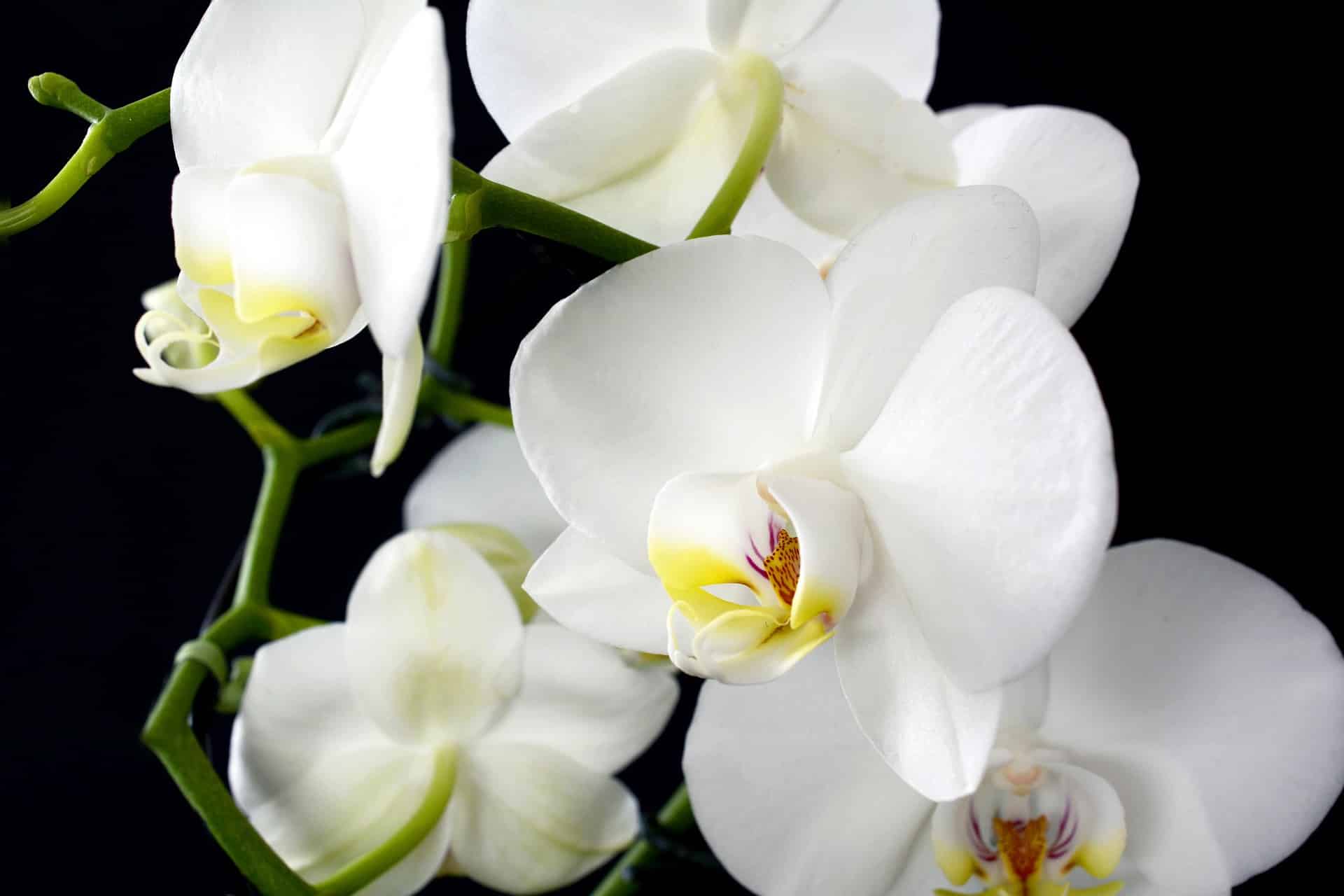Origin: The origins of orchids date back about 120 million years, but it seems like they were pinpointed to Japan or China around 4,000 years ago.
Family: Orchidaceae
Found: Orchids are found everywhere in the world except one continent — Antarctica!
History: According to fossil research, orchids have been around for around 100 million years. At first centuries ago, the blooms were seen as a rare and luxurious item to own. But, by the 19th century, advanced growing techniques allowed different orchid types to become more accessible to home gardeners and house plant collectors all around the world.
Special Trait: Every petal of every type of orchid can be divided into two equal parts — this is known as being bilateral symmetric.
Size: Orchid sizes can vary greatly. The smallest orchid in the world is the size of a dime, while the largest orchid can weigh up to several hundred pounds.
Seedy Fellows: Orchids have the tiniest seeds in the world — they’re so small that there can be up to 3 million seeds in a single orchid seed pod.
Basic Variety Types: There are a lot of different orchid types in the world, but eight are grown more widely than others due to their beautiful flowers and blooms: phalaenopsis, cattleya, oncidium, dendrobium, vanda, cymbidium, sobralia, vanilla plaifolia, paphiiopedilums and brassavola.
Growing Keys: When growing an orchid, it’s important to know the variety you’re receiving to learn about its natural environment and conditions. That gives it the best chance of a thriving life.
Roots: Orchids are known as epiphytes — that means, their roots don’t actually need to be put in soil to grow and prosper.
Did You Know?: There are nearly four times the number of orchid species on Earth than there are mammal species on our planet — and more than twice the number of bird species as well!
Sources: National Garden Bureau










